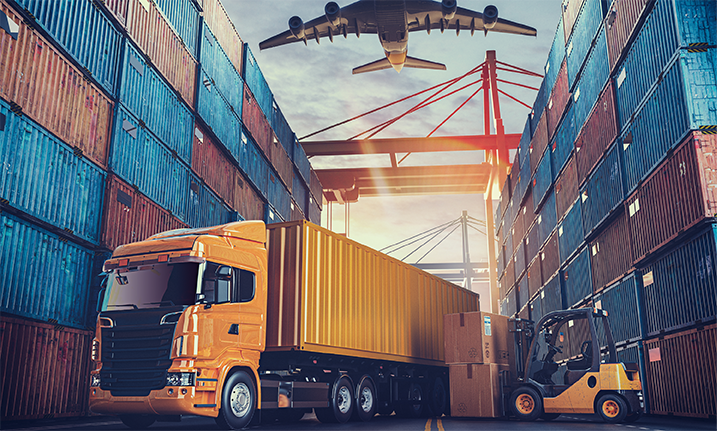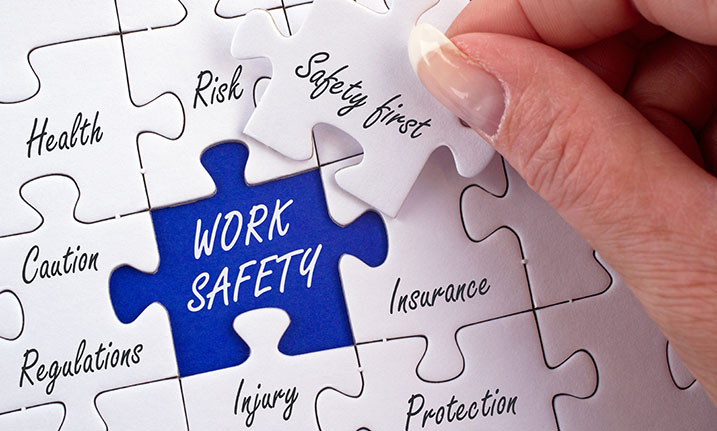

Original article published by Safe Work Australia
Each year, Safe Work Australia produces national work health and safety statistics, providing important evidence on the state of work health and safety in Australia.
Our latest publication, the Key Work Health and Safety Statistics, Australia 2022, provides an overview of national work-related fatality data for 2021 and workers’ compensation claims data for 2020-21.
Understanding the causes and the industries most affected can help reduce work-related fatalities, injuries and disease which have a devastating impact on workers, their families and the community.
Work-related fatalities 2021
Tragically, 169 people were fatally injured at work in 2021.
Key findings include:
- The fatality rate of workers in Australia has decreased by 35% in the last 10 years.
- 96% of worker fatalities were male.
- Vehicle collisions accounted for 38% of all worker fatalities.
- Machinery operators and drivers had the highest number of fatalities by occupation (68 fatalities).
- The agriculture, forestry and fishing industry had the highest worker fatality rate (10.4 per 100,000).
Workers’ compensation claims 2020-21p
- There were 130,195 serious workers’ compensation claims in Australia.
- Body stressing was the leading cause of serious workers’ compensation claims (37%).
- Mental health conditions account for a relatively small but increasing proportion of serious claims, rising from 6% of all serious claims in 2014-15 to 9% in 2019-20.
- In 2020-21p, there were 474 accepted workers’ compensation claims for COVID-19.
- The age group with the lowest frequency rate was workers aged 35-39 years, at 5.2 serious claims per million hours worked.
Read the Key Work Health and Safety Statistics, Australia 2022 report.







